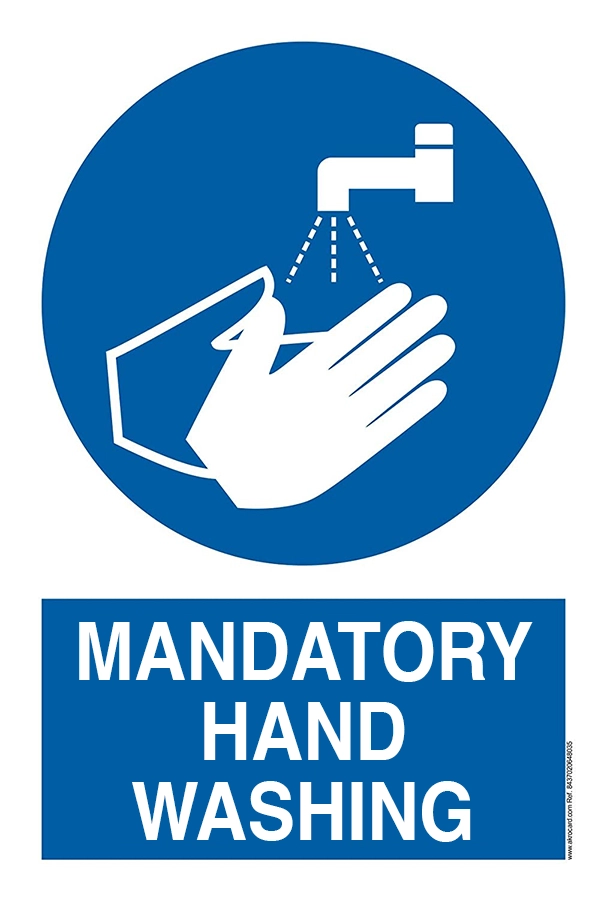
The holiday season brings an increase in restaurant and bar activity, driven by lunches, corporate dinners, family gatherings and celebrations among friends.
This context increases the demand and the responsibility of restoration establishments to ensure food safety. Therefore, in addition to surface cleaning and disinfection and proper food handling, the hand hygiene of professional staff plays a crucial role.
PRODERPHARMACARE® wants to promote hand washing in mass catering to reduce cross-contamination and avoid infectious agent transmission by direct hand contact.

Protocoling is necessary.
The intense activity in bars and restaurants during the Christmas season generates significant pressure to serve a high volume of customers, which increases carelessness and laxity in complying with hygiene protocols. In order to avoid the problem, it’s crucial to establish effective hygiene programmes, reinforce frequent hand disinfection among staff, and ensure strict compliance with sanitary regulations.
Hands represent the main vehicle for the transmission of the germs. Inadequate use of hygiene protocols can compromise even the most sophisticated disinfection procedures, which could lead to food poisoning and, in the worst-case scenario, temporary closure of the establishment. It is therefore essential to promote the habit of handwashing among food handlers and to ensure that the necessary infrastructure is in place, making handwashing a priority for the mass catering sector.

PRODERPHARMACARE® has designed a specific Dermal Safety Programme to guarantee hand hygiene for professionals in the food sector. Thanks to this programme, not only the risk of contamination in collective kitchens and industry is protected and minimised, but also the care and health of the skin of users are considered, ensuring a balance between efficacy and dermal health.
Employees must wash their hands before:
Employees must wash their hands after:
Standard procedure for hygienic hand washing.
STEP 1

STEP 2

STEP 3

STEP 4

STEP 5

STEP 6

STEP 7

STEP 8


Fostering a health and safety culture in restaurants requires continuous training and the updating of hand hygiene protocols to current standards. Integrating daily routines for staff is key to ensuring their natural and effective adoption.
Handwashing signs are key tools for promoting hygiene in restaurants. Strategically placed signs remind staff to wash their hands at crucial times.
In addition to reducing the transmission of germs, these visual aids reinforce the perception of commitment to food safety. Placement near sinks and touch-free devices contributes to a safer environment for employees and customers.
A well-equipped hand washing area is key to maintaining proper hand hygiene. Frequent checks, timely replenishment and the use of quality products suitable for the food industry free of substances that compromise food safety are key points that compromise food safety.
Also, implementing sppropriate dosing systems ensures and promotes good personal hygiene practices in the workplace.
PRODERPHARMACARE® works to offer formulations that meet the needs of hand hygiene in the catering industry. We recommend products that meet the needs of hand washing while caring for and protecting the skin of professionals in the kitchen, food industry or any other business related to the handling and processing of food.